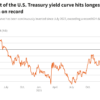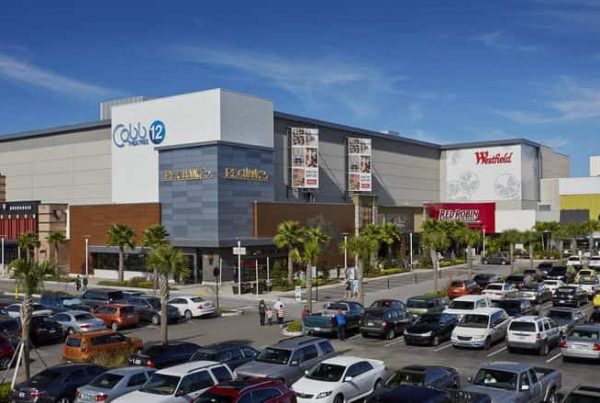by Joel Groover
Shopping Centers Today Magazine
In the waning months of 2017, economic forecasters saw plenty of reason for optimism about the year ahead.
In a November report, Kiplinger, for one, points to growing retail sales as a happy bellwether for brick-and-mortar stores. After rising by 1.5 percent in the first half of the year, U.S. retail sales (excluding e-commerce) accelerated by 2.6 percent in the second, the firm’s analysts reported. Bob Sheehan, vice president of research at Burlington, Mass.–based KeyPoint Partners, points to steadily improving comp-store sales at such tenants as Abercrombie & Fitch, Foot Locker and Gap. Their results in the latter half of the year, Sheehan notes in his firm’s November newsletter, were a nice contrast after a considerable stretch in which many chains’ comp-store sales had consistently declined even as Internet sales rose. “What may be even more promising, is the fact that all are mall-based retailers,” Sheehan writes.
Business investment also rebounded last year, growing by 4 percent, according to a 2018 economic forecast published by The Conference Board. The organization is predicting 2.5 percent growth in 2018. “This would represent the [U.S.] economy’s best 2-year run since 2005,” the analysts note in the forecast. Though they cite some potential drags — including the Fed’s raising interest rates slightly faster and the strengthening dollar’s potential impact on trade — their overall tone is sanguine. “With growth prospects strong for 2018, profits should grow robustly as well, rewarding those businesses that increase investment levels,” they write.
In tandem with rising household wealth and income in the U.S. and further gains in employment, Kiplinger’s analysts cite the prospect of ramped-up homebuilding and more construction in the year ahead. Meanwhile, a November report by Goldman Sachs Research focuses on strong prospects for the global economy overall. “For the first time since 2010, the world economy is outperforming most predictions, and we expect this strength to continue,” the report writers say. “Our global GDP forecast for 2018 is 4.0%, up from 3.7% in 2017 and meaningfully above consensus. The strength in global growth is broad-based across most advanced and emerging economies.”
Against this backdrop, SCT asked a host of experts to opine on the challenges and opportunities likely to shape the retail real estate landscape in 2018. At times, their comments focused on disruptive forces and new challenges. But they were just as likely to emphasize the importance of timeless fundamentals such as customer service, site selection and merchandising, or the enduring value of maintaining patience, discipline and an opportunistic mindset in the face of change.
Rachel Elias Wein, President, WeinPlus

Lines are blurring across retail real estate, but not necessarily within companies themselves, says Rachel Elias Wein, president of WeinPlus, a St. Petersburg, Fla.–based strategy and management consultant firm. While traditional structures still work, Wein says, they can turn into silos if held too tightly. “Generally, I see companies that are set up by geographic and functional divisions,” she said. “For example, the Southeast team would have departments for operations, leasing and development. I like to see companies shuffle the deck a bit and move people around.”
The idea is not to blow up existing departments, Wein says, but to encourage cross-training. That might mean sending the Southeast team to tour properties in the Southwest, or periodically changing the responsibilities of people in operations, leasing or development to give them new experiences and perspectives. “When you go on a site visit, you can bring some different people than you would have brought the last time you were there,” she said. “Yes, you do want to retain consistency of view from visit to visit, but you also want fresh perspectives. The key is to really take the opportunity to listen to those who are closest to those assets. Often, they’re the ones who really know what needs to happen.”
With so much disruption afoot, companies stand to benefit by encouraging employees to embrace change and step out of their comfort zones, says Wein. After all, the market might force them to do that anyway. “If all of the aspects of our business could just get 1 percent better, the compounding effect would be astronomical,” she said. “Moving people around, encouraging them to think differently and push the envelope, is helpful. Stretching your mind is the same as stretching your body. When you get up and stretch, it’s good for you.”








